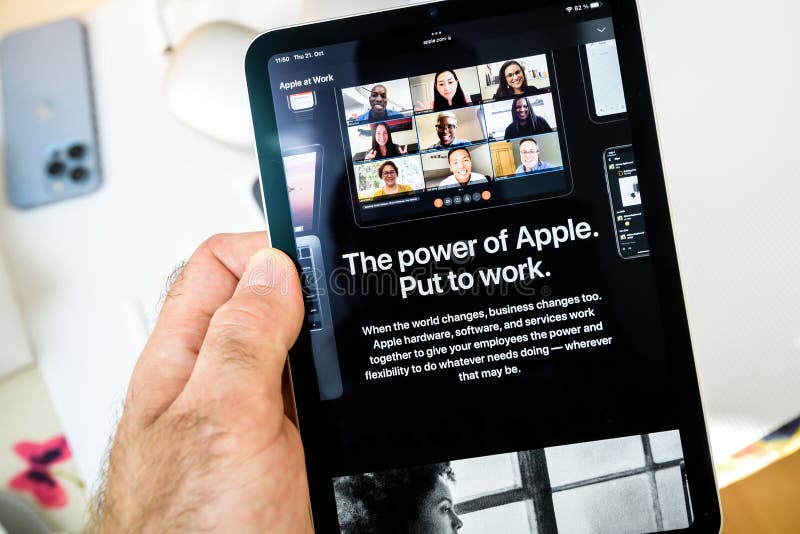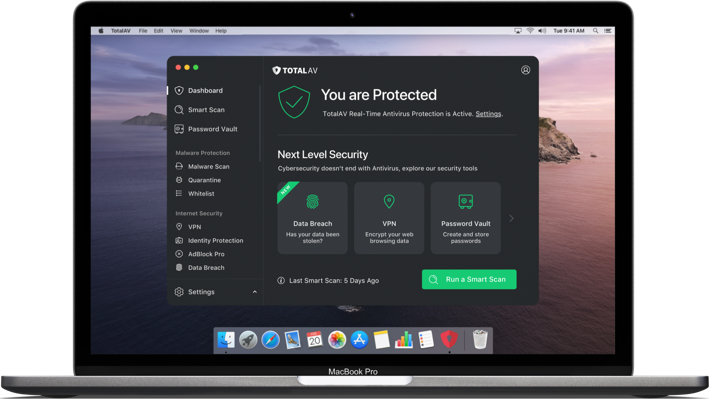

- #DO I NEED INTERNET SECURITY FOR MACBOOK PRO UPGRADE#
- #DO I NEED INTERNET SECURITY FOR MACBOOK PRO PRO#
- #DO I NEED INTERNET SECURITY FOR MACBOOK PRO MAC#
If you instead start with the base spec and spend an additional $400, you can upgrade the unified memory to 32GB. Again, this doesn’t make any sense it’ll offer no tangible difference in performance. So, what’s next? Well, adding an extra $300 gets you the 10-core CPU and the 16-core GPU, thus upping the latter by two cores. You won’t notice any difference, day-to-day, trust me it’ll be $200 down the drain. However, if you’ve got a bit more cash to spend, whacking another $200 down just to get the 10-core CPU doesn’t make any sense. For 90% of people, it will be the perfect laptop, and they’ll never reach into the upper echelons of its performance capabilities.
#DO I NEED INTERNET SECURITY FOR MACBOOK PRO PRO#
Where to spend the extra cashįirstly, if the thought of spending more than $1,999 on your new MacBook Pro gives you heart palpitations, just buy the cheapest one. So, stop worrying about those two CPU cores and read on. The question isn’t whether or not you need 8 or 10 CPU cores – it’s whether you want the base-level 14-inch MacBook Pro or something that’s more tuned to your requirements. No one – bar those who review every tiny detail of benchmark results – will ever notice any performance gains when grabbing one extra GPU core.

Let me confirm once again: it doesn’t make any difference to anything. When I first published my review of the MacBook Air, one of the main questions I received – beyond the 8GB vs 16GB debate – centred around the 7-core GPU option. It’s the best laptop I’ve ever owned, and I have a feeling it’ll remain that way until the next version is released.

It’s the base spec with 8GB of unified memory and a 7-core GPU (thanks again to that binning strategy I mentioned earlier). This is why focusing on the 8-core vs 10-core choice is entirely the wrong thing to do.
#DO I NEED INTERNET SECURITY FOR MACBOOK PRO MAC#
It’s easily the fastest Mac I’ve ever owned and blows my old Intel-based 16” MacBook Pro out of the water for video editing (a laptop that was nearly double the price). And that’s the second reason an 8-core option exists Apple needs a base-spec to even out its pricing structure for the new MacBook Pro. This is all incredibly boring, but it results in a base model version of the 14-inch MacBook Pro which features an 8-core CPU and 14-core GPU. So, if a couple of cores are lost along the way, rather than chucking the resulting CPU in the trash, Apple places it in a ‘bin’ that denotes it as an 8-core variant of the M1 Pro.
Known as ‘binning’, this is when the production of a 10-core chip results in something that isn’t quite up to spec and cannot, therefore, be classed as the chip in question. The first is to enable Apple to maximise the profitability of its production lines by avoiding throwing away the 10-core M1 Pro chips that don’t quite make the grade. There are two reasons the 8-core option exists. Beyond that, it’s 10-cores only, and no choice on the matter if you opt for the 16-inch MacBook Pro. The 14-inch MacBook Pro is the only version of Apple’s new laptop that has an 8-core CPU option. Should you go for the 8-core CPU or the 10-core CPU?ĭoes it even matter? Why is there an 8-core version? I’ve already covered the M1 Pro vs M1 Max shopping conundrum, but I appreciate that if you opt for the former, there’s another question you’ll have on your mind. This time around, it’s made all the more confusing due to the fact there are two versions of Apple’s M1 chip to choose from. Unfortunately, this is where that initial rush of excitement often turns into extended periods of frustration, buyer’s remorse, and complete bewilderment. And, as always, there are several choices to be made when it comes to picking the right spec for you. It’s an exciting time to be a Mac person – particularly if you’d been waiting for the next MacBook Pro redesign to hit the shelves.


 0 kommentar(er)
0 kommentar(er)
